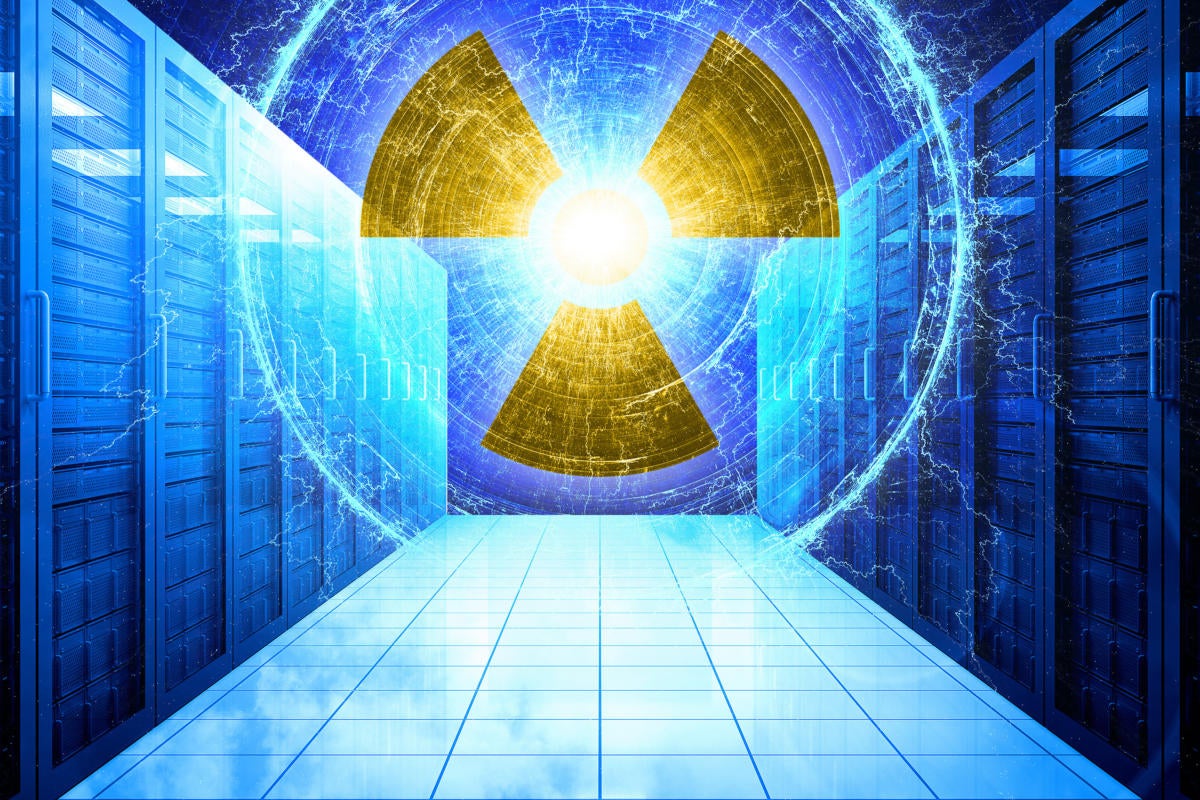Colocation provider plans to use modular nuclear reactors to power its data centers

It’s no secret that data centers are facing power shortage issues, especially in high density areas. One colocation provider has come up with a unique solution: It’s building small nuclear power plants for itself.
Data center provider Standard Power specializes in high-performance computing, such as blockchain mining and AI workloads. These kinds of workloads demand a lot of compute power, which equals a very large electric bill.
The company was concerned about the ability of local electric providers to deliver the capacity needed for such demanding workloads. So, rather than rely on the local electrical grid, Standard is partnering with NuScale Power Corporation, a maker of small modular nuclear-powered plants, for its Ohio and Pennsylvania facilities.
“We see a lot of legacy baseload grid capacity going offline with a lack of new sustainable baseload generation options on the market, especially as power demand for artificial intelligence (AI)-computing and data centers is growing,” said Standard Power CEO Maxim Serezhin in a statement. Standard Power is working with energy development and production company ENTRA1 Energy and NuScale “to deliver carbon-free, baseload energy to address this large gap in the generation market,” Serezhin said.
All totaled, the company plans to deploy 24 of NuScale’s small modular reactors (SMR) between the Ohio and Pennsylvania locations. These reactors are reportedly capable of generating 77 megawatts apiece, or 1.8 GW of total power. That should be enough for even the most demanding GPUs.
SMRs are not your typical power plant. They are built on an assembly line, much like a car or truck, and they can be deployed in clusters, depending on the amount of power needed. NuScale’s competitors in the market include TerraPower, Westinghouse Electric, BWXT Technologies, GE Hitachi Nuclear Energy, and X-energy. But NuScale is the first to receive approval by the U.S. Nuclear Regulatory Commission for commercial deployments.
Standard Power isn’t the first data center provider to seek out a nuclear solution. Microsoft is investigating using SMR systems to power its data centers, of which it has plenty.
At the mention of nuclear power, most people old enough to remember will immediately think of accidents and disasters such as Three Mile Island or Chernobyl. However, Bill Kleyman, program chair of AFCOM’s Data Center World and a Ukrainian who grew up near the Chernobyl plant, is not worried about a meltdown.
“I’m a big fan of this. One of the biggest things I’ve learned is the segmented approach one must go through even to get a project like this going. You must work with everyone from state and local governments to utilities commissions,” Kleyman told me.
“In speaking with a few folks from local communities, they’re not opposed to leveraging nuclear power as a method to sustain digital infrastructure. However, this is from former NIMBY folks who gave me sound reasoning. They don’t mind data centers in their backyards; they just want them to be good and responsible neighbors. Their concern is how this will all be built out and impact local communities,” Kleyman said.
“These modern nuclear facilities are not being built like the ones in Ukraine. These are water-based solutions and do not have things like graphite moderators, like Chornobyl did. With the power constraints we’re seeing, and massive single-deal sizes now approaching 300, 400, and even more in megawatt sizing, we need to rethink our approach to power. This could be a way to do so,” Kleyman added.
Copyright © 2023 IDG Communications, Inc.

